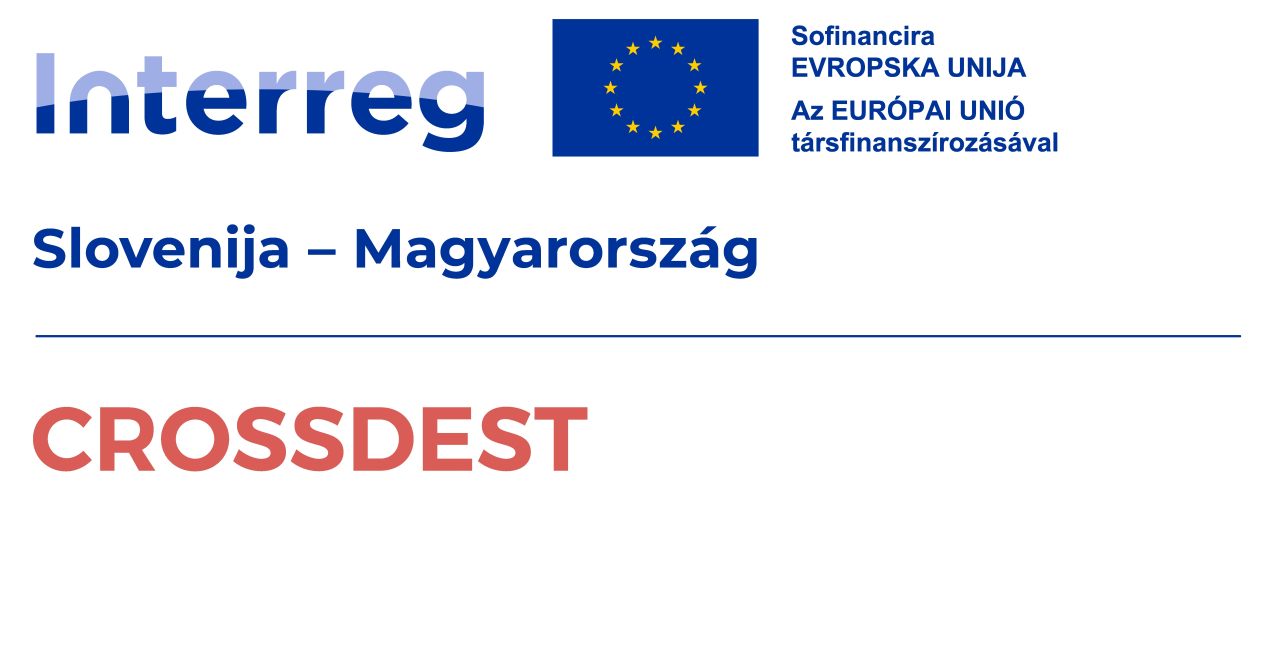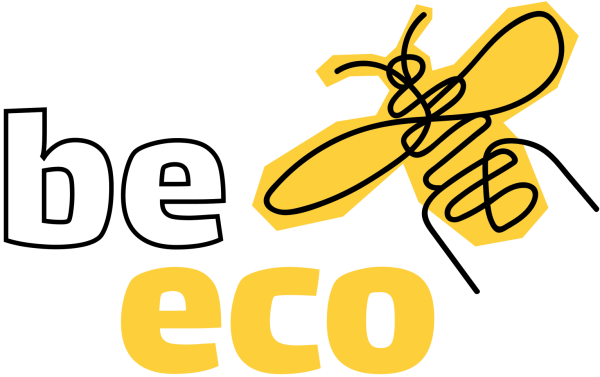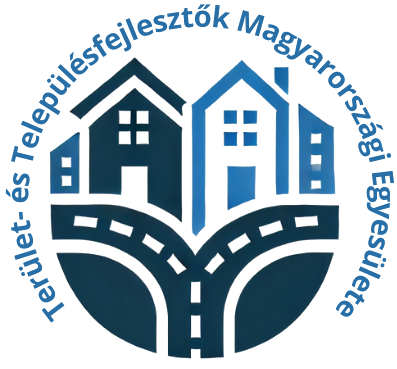-

Photo: Visitharghita.com



Firtosváralja
Firtosváralja (in Romanian, Firtușu) is a picturesque, small Székely village in Harghita County, administratively part of the commune of Farkaslaka. Compared to the villages along the Nyikó River, it is located slightly further south, at the foot of Mount Firtos, in the watershed area of the Kis-Küküllő and Nagy-Küküllő rivers. Its natural surroundings are remarkably diverse, with a landscape of hills, forests, and meadows, where traditional farming and folk architecture are still present today. The village takes its name from the nearby Firtos Castle, the ruins of which can be found on a wooded ridge 1,050 metres high. The castle is linked to the legend of Firtos and Tartod, which tells of two fairy queens, Firtos and Tartod, who competed to build two castles simultaneously. One of them, Firtos, had almost completed her construction by the crow of the cock before sunrise, but the other, out of envy, made the cock crow earlier, forcing her to abandon the work. Thus, Firtos Castle was never fully completed – its ruins still rise above the village, lending the area a unique, mythical atmosphere. Firtosváralja retains the traditional Székely village character, characterised by wooden-columned verandas, carved gates, and peasant houses with stone foundations. The village's population is predominantly Hungarian-speaking, and the locals primarily engage in agriculture, animal husbandry, and forestry. Although its tourist infrastructure is modest, a few rural guesthouses are available, mainly during the summer season. The village is ideal for those seeking authentic rural experiences, tranquillity, and nature-based relaxation. A hike to Firtos Castle, exploring the surrounding Székely villages, or even foraging for mushrooms in the forest can provide visitors with memorable experiences. Firtosváralja is, therefore, a peaceful, secluded Székely settlement where history, folk traditions, and nature form a harmonious unity, making it an ideal destination for heritage tourism and slow travel enthusiasts.
Arrival
- Walk
- Horseback
- Bike
- Electric bicycle
- Motorcycle
- Car
Public transport
- bus
Parking information
- Free outdoor parking available
Sustainability level
Topic 1: Destination Management 42%
- Visitor management: 60%
- Commitment and organization: 0%
- Design & development: 0%
- Monitoring and reporting: 50%
- Legal and ethical compliance: 100%
Topic 2: Nature and landscape 100%
- Nature and wildlife protection: 100%
- Nature and conservation: 100%
Topic 3: Environment and climate 29%
- Land use and pollution: 67%
- Water management: 40%
- Energy, sustainable mobility and climate change: 0%
- Adaptation to climate change: 0%
- Waste and recycling: 40%
Topic 4: Culture and traditions 88%
- Cultural heritage: 100%
- People and traditions: 75%
Topic 5: Social Welfare 38%
- Health and safety: 100%
- Local economy: 20%
- Socio-economic impacts: 0%
- Community participation: 0%
- Human dignity: 71%
Topic 6: Business and Communication 61%
- Business participation: 22%
- Information and marketing: 100%





